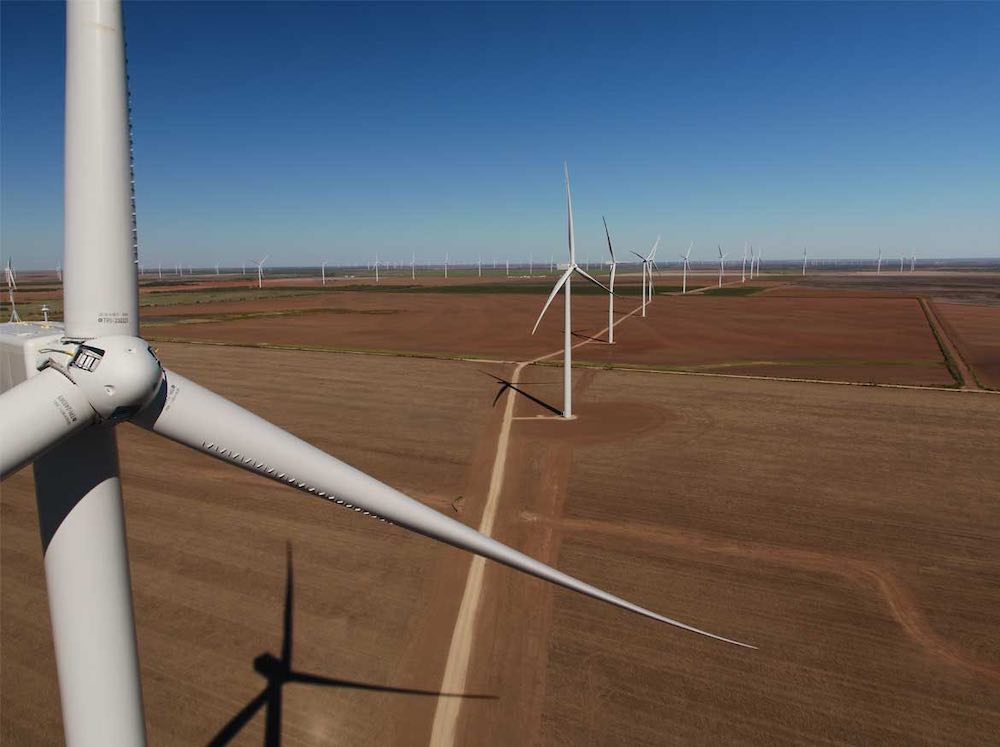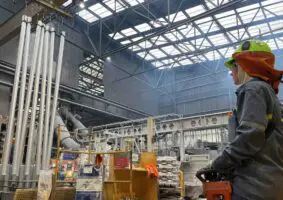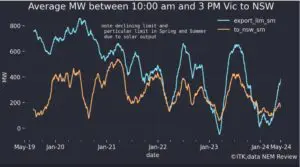Propelled by strong activity in China, global wind turbine order intake soared to a new record of 43GW in the second quarter of 2022, up an impressive 36% from the second quarter of 2021.
New figures published this week by energy analysts Wood Mackenzie showed that not only was the second quarter a record quarter for wind turbine order intake, but that the first half of the year has similarly hit a new record.
Continued strong growth has also seen the wind industry rebound after it’s initial hit by the global COVID-19 pandemic, as can be seen below, with consistent and strong growth over the last 18 months.

As has been the case for some time, across the renewable energy sector, and will likely be the case moving forward, China’s ambitious decarbonisation targets and megalithic manufacturing capacity has buoyed global numbers.
Luke Lewandowski, Wood Mackenzie’s research director, explained that “Rapid technology adoption and government support have catapulted China to this leading position.”
China is aiming to support an estimated average wind power build of 55GW per year over the next 10 years and has backed their goals with a record 35GW worth of activity in the second quarter, bringing their year-to-date build order up to 45GW.
Europe showed similar growth for order intake – though at a much more serene scale – with 3.8GW worth of orders in the second quarter, doubling its first quarter activity. Meanwhile, across the Pond, the United States saw intake order remain slow, with less than 2GW on the books through the first half of the year.
Looking forward through the remainder of 2022, Wood Mackenzie expects that continued strength out of China will see global wind turbine order intake hit a new record high by the end of the year.
Already, order intake over the first half of 2022 has hit 61GW, 13% up on the first half of 2021 and the highest half-year ever recorded.
“China is surging, and we are seeing strength in Europe too. The US is where demand has been sluggish,” said Lewandowski.
“This is due to tough market conditions, such as labor cost increases, inflation and supply chain disruptions. As a result, securing new orders in the US has been difficult, which has had a negative impact on OEMs dependent on the market, primarily Western-based OEMs.”
“However, with the passage of the [Inflation Reduction Act (IRA)] bill in the US, Wood Mackenzie anticipates a boost in activity over the second half of the year. With these new incentives, wind power projects have become more economically viable and thus more competitive compared to conventional technologies.
“If procurement of wind turbines in China continues at its current pace and intake activity picks up in the US, the wind turbine market could be set for a record year.”










